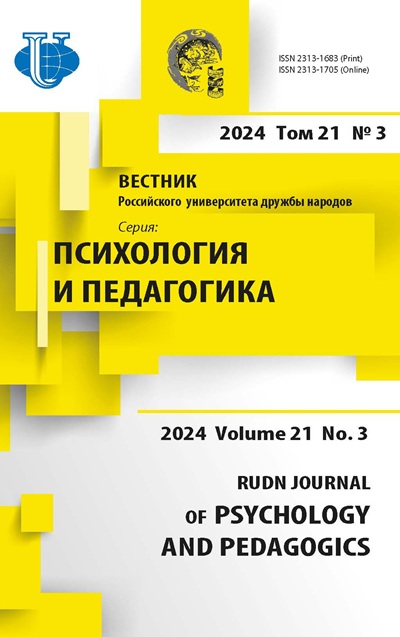Abstract
I find that exactly two stages can be seen directly in sequential free recall distributions. These distributions show that the first three recalls come from the emptying of working memory, recalls 6 and above come from a second stage and the 4th and 5th recalls are mixtures of the two.A discontinuity, a rounded step function, is shown to exist in the fitted linear slope of the recall distributions as the recall shifts from the emptying of working memory (positive slope) to the second stage (negative slope). The discontinuity leads to a first estimate of the capacity of working memory at 4-4.5 items. The total recall is shown to be a linear combination of the content of working memory and items recalled in the second stage with 3.0-3.9 items coming from working memory, a second estimate of the capacity of working memory. A third, separate upper limit on the capacity of working memory is found (3.06 items), corresponding to the requirement that the content of working memory cannot exceed the total recall, item by item. This third limit is presumably the best limit on the average capacity of unchunked working memory.The second stage of recall is shown to be reactivation: The average times to retrieve additional items in free recall obey a linear relationship as a function of the recall probability which mimics recognition and cued recall, both mechanisms using reactivation (Tarnow, 2008).
















